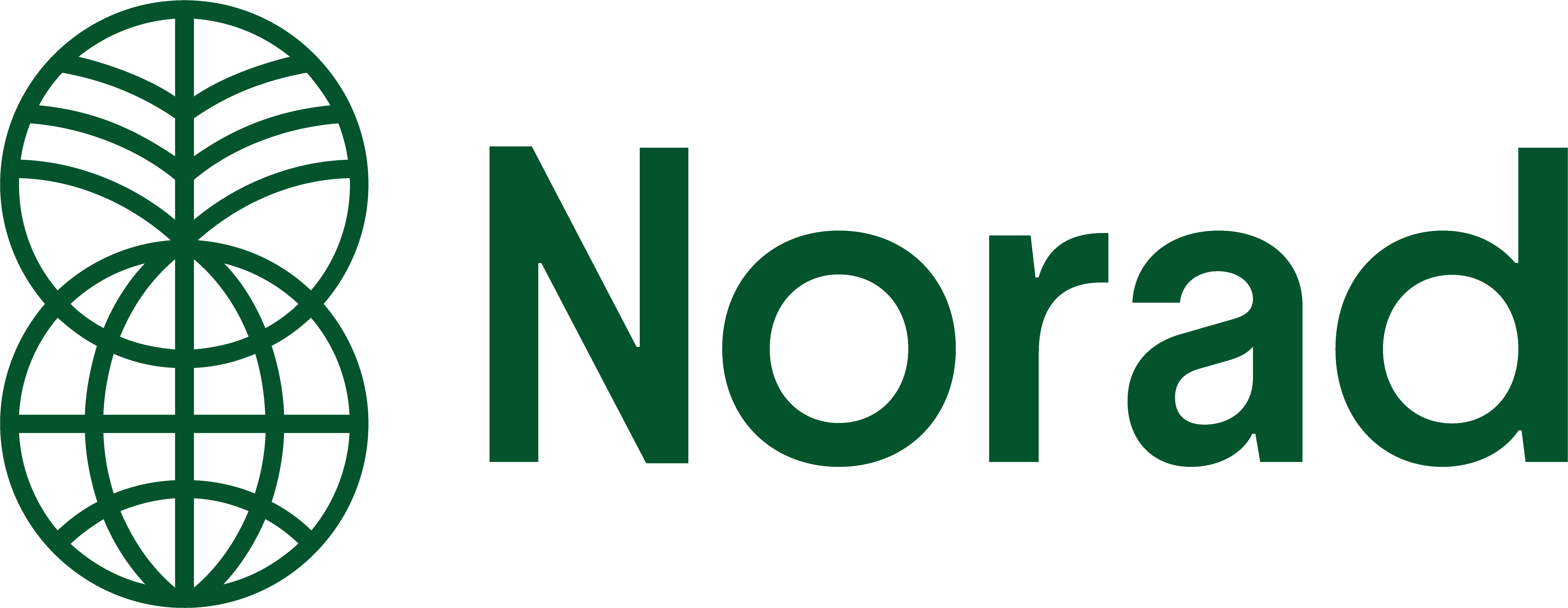Until a few months ago, there were only two ways 66-year-old Sveta could get water in her home. She could collect rainwater in a small pool. Or she could order a truck delivery from the nearest larger town. Despite collecting rainwater and rarely ordered water deliveries, she spent half of her disposable income on water.
“I don’t have any water in my home. Not even enough to bathe, cook, or wash dishes. Nothing. So I am very careful about how much water I use. My weekly consumption is only 40 liters,” says Sveta, who has lived for 40 years in the village in Zaporizhzha Oblast, located just a few kilometers from the front line.

Water in Ukraine
A truck delivery of water costs around 27 USD for 4 m³ of water. 66-year-old Sveta’s state pension is 90 USD per month.
According to UNICEF, it will cost 11,3 billion USD to restore water systems destroyed by the war. A total of 39,700 kilometers of water pipelines are damaged.
One of the hardest-hit areas in Ukraine is the Zaporizhzhia region. It is expected to require 546 million USD just to restore the water pipelines.
By 2050, Ukraine may be forced to import drinking water due to toxins in rivers and the damage caused by the destruction of the Kakhovka dam in June 2023.
At the beginning of summer 2025, a water point was installed at the village community center. Here, people can fetch free water, which the town’s 1,000 residents make frequent use of. Every single day, eight to ten thousand liters of clean water are pumped out through the taps at the community center.
The water point is one of 52 operated and maintained by DCA-NCA Ukraine in partnership with the organisations Camino and Youth of Ukraine with support from the Norwegian government.
“If we didn’t have the water point, we wouldn’t be able to live. We can’t survive without water. Having drinking water means everything in the world to us,” she says, wiping a tear from her eye.
Without the water point, no clean drinking water
In another village in Zaporizhzha Oblast, 51-year-old Oleksii is fetching water together with his wife. They come twice a week and collect 20 liters of drinking water. They have water in their home, but it can only be used for bathing and flushing the toilet. Despite the poor and unhealthy quality of the household water, many residents drank it to save money before a water point was established.






“It makes a huge difference to our finances that we can fetch water for free here. Water that is even of really good quality and tastes great,” says Oleksii, who works as a trader in the village.
The water point, where Oleksii gets his water, serves around 2,600 people weekly. Even though clean drinking water is now available at 52 water points in Eastern and Southern Ukraine, the problem remains extensive. According to UNICEF, only 26 percent of villages in Ukraine have access to a centralized water system that provides usable water from the taps. The situation is even worse for drinking water, which vanishingly few villages have access to due to widespread destruction from the war.

About the project
With support from the Norwegian government, DCA-NCA in Ukraine supports construction, repair, and maintenance of water and sanitation systems in rural and semi-rural areas, with a focus on sustainable energy solutions.
It also strengthens local service providers, ensures WASH support for health facilities and IDP centers, and maintains access to safe drinking water.


